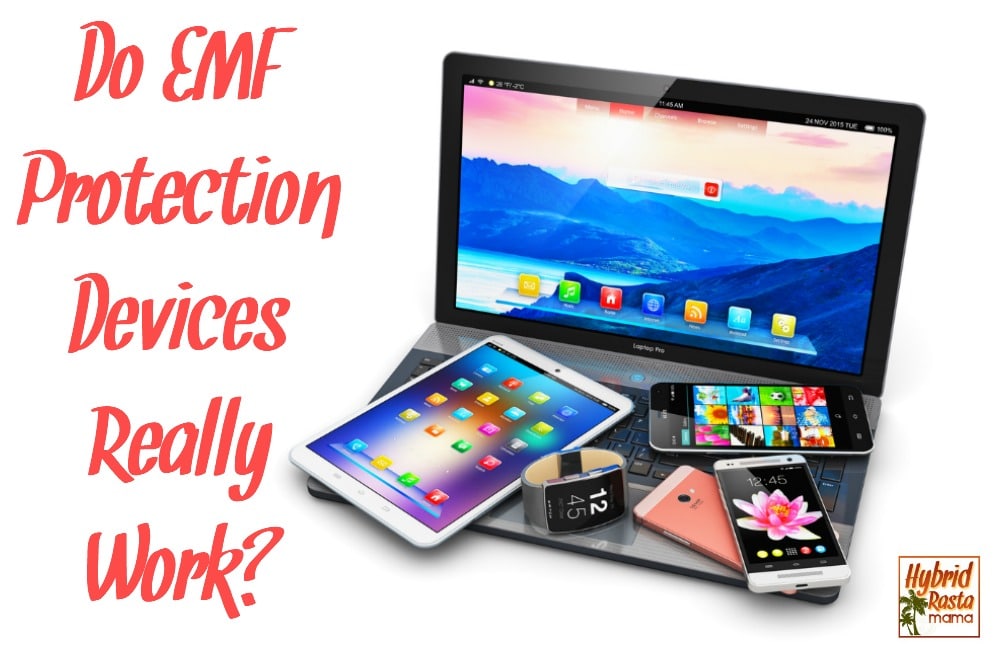5G protection clothing is made to limit the contact between radioactive substances and your clothing and skin. It's made not to wear in places that could be affected and be taken off promptly. This helps you avoid long-term exposure to radioactive materials and prevent pollution of the surrounding areas.
A number of consumer products have been discovered to have radioactive substances. These products emit radiation that causes health issues when exposed to them for long periods of time. They are banned by the Dutch Nuclear Safety Authority (ANVS) has banned the selling of these products. The radiation that these items emit can damage DNA and tissue. Even low levels of exposure can harm your health creating irritation and redness. The Netherlands has imposed strict limits on the amount of radiation people are exposed to.
If you suspect that you be exposed to radiation, get medical help as quickly as is possible. You can determine the dose by taking CBCs for at least 8 hours following exposure. Then, conduct blood tests every four to six hours for the first few days and be on the lookout for any signs of illness. If your doctor is unsure about the diagnosis, consult a radiation expert.
best emf protection beanies of 5g protective clothing
5G protection clothes act to protect you from harmful radio and electromagnetic frequencies. They can be triggered by wireless devices, such as laptops, mobile phones, Smart meters, Wi-Fi routers or 5G mobile towers. Therefore, it is essential to wear the correct kind of protective clothing to minimize the risk of exposure.

Cost of nickel-based fabric to shield EMI/RFI

Nickel-based EMI/RFI shielding fabrics are employed in the creation of protective clothing that protects users from the damaging consequences of cellular signals as well as various wireless signal. These fabrics are constructed from polyester fibers, which contain metallic nickel and copper. They are engineered to block 99.9% of frequencies used by wireless. This prevents data theft and other hazards associated with the use of wireless technology.
Nickel is a typical metal used for shielding fabrics. Its magnetic properties and high conductivity make it an ideal choice for this task. It's also fairly inexpensive when compared to other metals. The most commonly used metals for shielding purposes include copper, aluminum nickel silver, nickel, and pre-tin-plated carbon steel. Other materials, including silicon also are suitable for shielding.
Another type of fabric that is used to guard against EMI/RFI radiation is called Mylar. This type of fabric can be placed on windows or other sensitive areas. It is priced at around $30-40 per linear foot.
